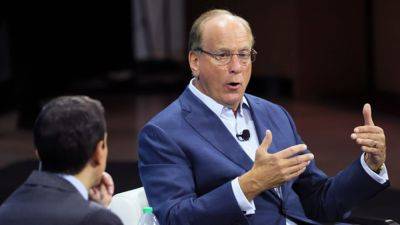For nearly a decade, climate talks have been hashing out so-called Article 6. But what is it?
After nearly a decade of negotiations, leaders during the United Nations climate conference’s first day decided on some of the finer points of much-debated sticking point aimed at cutting planet-warming emissions from coal, oil and gas
BAKU, Azerbaijan — After nearly a decade of negotiations, leaders during the United Nations climate conference's first day decided on some of the finer points of much-debated sticking point aimed at cutting planet-warming emissions from coal, oil and gas.
Known as Article 6, it was set up as part of the 2015 Paris Agreement to help nations work together to reduce climate-causing pollution. Part of that was a system of carbon credits, allowing nations to put planet-warming gasses in the air if they offset emissions elsewhere.
But the gaveling through of Article 6 late Monday was criticized by climate justice groups, who said carbon markets allow major polluters to keep emitting at the expense of people and the environment.
COP29, as this year’s summit is known, has brought together world leaders to discuss ways to limit and adapt to the climate crisis. Scientists agree that the warming of the atmosphere caused primarily by human-burned fossil fuels is fueling deadlier and increasingly catastrophic droughts, flooding, hurricanes and heat.
Here's a look at Article 6 and the carbon credits system it aims to implement.
Article 6 first made an appearance at the Paris climate talks in 2015, where world leaders agreed to try to keep global warming below 1.5 degrees Celsius (2.7 degrees Fahrenheit) from pre-industrial levels.
Its aim is to outline how countries and companies can trade emissions reductions to remove and stop more carbon pollution reaching the atmosphere. The idea is to set up
Read more on abcnews.go.com






















